HydExcavators (Download)
Hydraulic Excavators 1 How it’s used Hydraulic excavators, also called diggers, are used for a variety of applications. These high-performance excavators are especially useful for work areas that are more confined and less amenable to conventional equipment. Hydraulic excavators are used in applications ranging from the construction of roads and pipelines to mining and the excavation of rocks containing diamonds and gold. (www.wisegeek.com) 2 Wheel Mounted Excavator Track Mounted Excavator 3 Attachments 4 How it Works Hydraulic excavators can generate an enormous energy well beyond that of human capacity because of how ‘oil pressure’ works. Think of familiar items such as an injection syringe or a water pistol. If blocked, the end of the needle of a syringe or the nozzle of the water pistol cannot be pushed piston down. This is because the volume of water contained inside remains unchanged even when pressure is applied. The hydraulic pressure system takes advantage of this principle. http://www.hitachi.com/environment/showcase/speco_technique/zaxis/01.html 5 http://www.hitachi.com/environment/showcase/speco_technique/zaxis/01.html The basic structure of the hydraulic system is very simple, with oil supplied from the pump flowing in and out of the two openings, ‘Bottom Side’ and ‘Rod Side’. Whether the oil flows into the Bottom Side or Rod Side determines whether the piston projects or retracts. http://en.wikipedia.org/wiki/File:Hydraulic_Force_Torque_275px.png 6 Fatalities OSHA recorded 364 cases of backhoe accidents between 1990 thru 2007 causing over 750 deaths. (OSHA Fatalities 1990-2007) 7 Being struck by the moving machine, swinging booms or other machinery components Being struck by quick-disconnect excavators buckets that unexpectedly detach from the stick. Sometimes locking pin is not manually installed on the coupler causing accidental release. Buried under excavated soil. Causes of Fatalities 8 4. Crushed between backhoe components and other machines or objects. 5. Boom of backhoe hits power lines causing electric shock to nearby workers. 6. Rollovers, electrocutions and machines sliding into trenches. 7. Obstructed views from operator’s seat. 9 10 Safe Working Procedures 11 A hard hat Safety shoes Safety glasses, goggles, or face shield. Heavy gloves Hearing protection Reflective clothing Wet weather gear Respirator or filter mask Required PPE 12 Never lift , move or swing a load over anyone or cab of a truck or other machine Before starting the excavation, set up safety barriers to the sides and rear area of the swing pattern to prevent anyone from walking into the working area Do not dig under the machine or stabilizers. A cave-in could result and the machine could fall into the trench. Operational Safety 13 14 Before moving the machine, raise the stabilizers sufficiently to clear the ground and then drive the machine forward or backwards as required. Make sure to be within the safe load work radius limitations of the machine and are on solid level ground before lifting any load. Warn personnel before starting and make sure no one else is near the machine Equipment Operators – Train equipment operators in the proper use of the equipment they are assigned to operate . – Continually evaluate safety programs to address changing conditions at the worksite. – Clearly identify and label all machine controls and make sure that the manufacturers’ safety features are working. – Securely latch attachments (such as quick-disconnect buckets) before work begins. – 15 16 – Make frequent visual inspections of quick-disconnect systems—especially after changing attachments. – Use the ROPS and seat belts supplied by the manufacturer. Do not remove the ROPS. – Do not exceed load capacities when lifting materials. – Instruct operators to lower the boom to a safe position with the bucket on the ground and turn off the machine before stepping off for any reason. Other Site Workers – Train site workers to recognize and avoid unsafe conditions and to follow required safe work practices that apply to their work environments. – Before each work shift begins, review and confirm communications signals between machine operators and workers on foot. – Instruct machine operators to keep the bucket as close to the ground as possible when workers are attaching loads for hoisting. 17 18 – Keep workers outside the hydraulic excavator swing areas and clear of attachments. Do not allow workers to stand under suspended loads or suspended machine components such as the boom, arm, or bucket. – Do not permit workers on foot to approach the hydraulic excavator or backhoe loader until they signal the operator to shut down the machine and receive acknowledgment from the operator. – Use spotters or signal persons around operating equipment when necessary. – Never permit workers to ride in or work from excavator or backhoe loader buckets. Think safety Work safely 19

